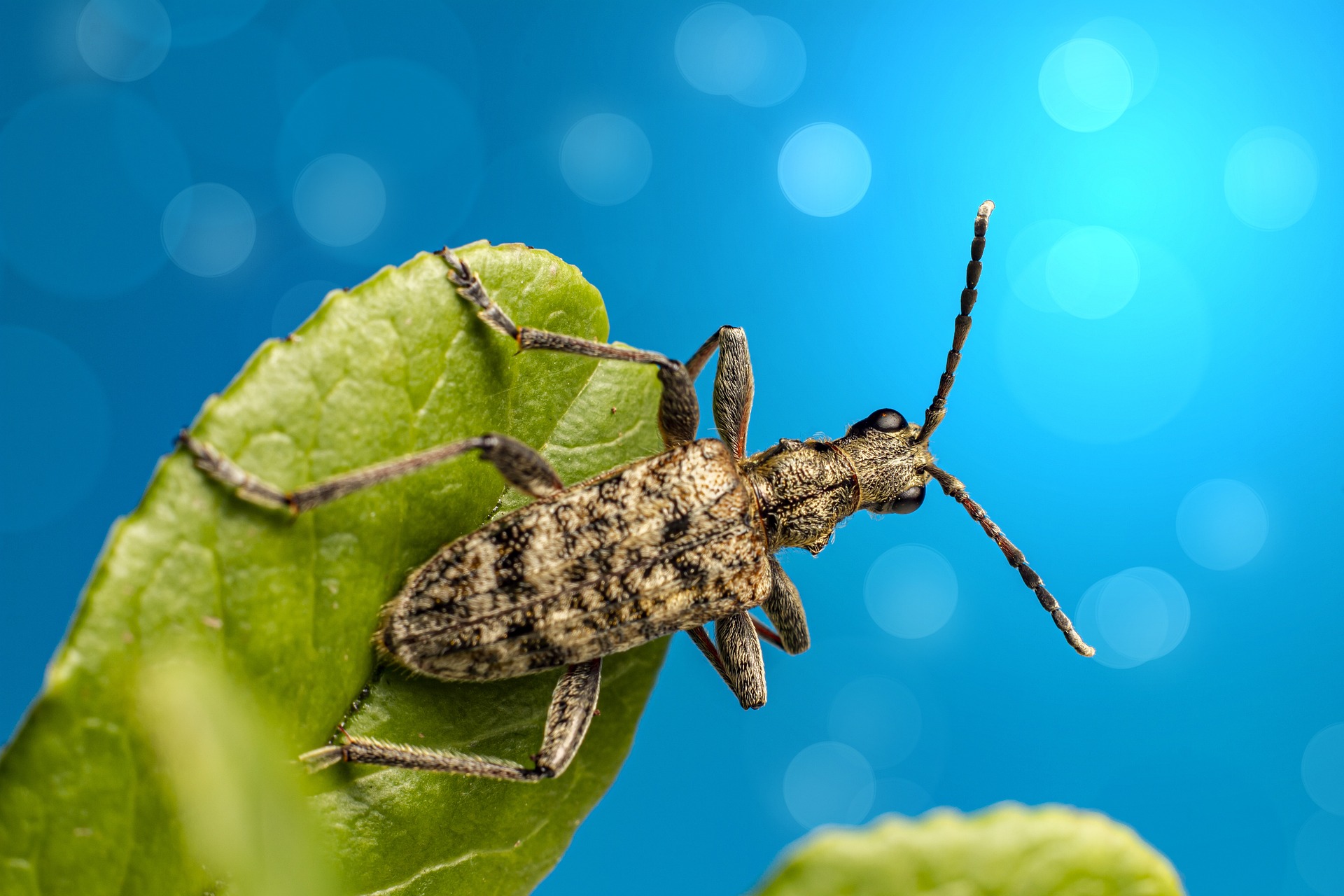The black-spotted longhorn beetle (Rhagium mordax) is a species of longhorn beetle belonging to the family Cerambycidae. Here are some key features and characteristics of the black-spotted longhorn beetle:
- Appearance: The black-spotted longhorn beetle is characterized by its elongated body and long antennae, which are often as long as or longer than its body. It has a shiny black exoskeleton with variable patterns of white or cream-colored spots or markings on its elytra (wing covers). These markings can vary in shape and density among individuals.
- Size: Black-spotted longhorn beetles typically measure between 10 to 20 millimeters in length, although size can vary depending on the species and individual.
- Habitat: These beetles are commonly found in forests and woodlands across Europe and parts of Asia. They inhabit a variety of forested habitats, including deciduous and coniferous forests, where they feed on decaying wood and participate in the decomposition process.
- Diet: As larvae, black-spotted longhorn beetles feed on decaying wood, particularly the dead and rotting wood of trees. They play important roles in breaking down dead plant material and recycling nutrients back into the ecosystem. As adults, they may feed on nectar, pollen, or sap from trees and plants.
- Lifecycle: Black-spotted longhorn beetles undergo complete metamorphosis, with four life stages: egg, larva, pupa, and adult. The larvae bore into decaying wood, where they feed and develop. After completing their larval stage, they pupate within the wood before emerging as adults. Adults typically emerge in the spring or summer months and are active during the warmer months.
- Conservation: While black-spotted longhorn beetles are not considered threatened or endangered, they can be indicators of healthy forest ecosystems. Their presence is often associated with mature and undisturbed forests, where dead wood is abundant and decomposition processes are active. Conservation efforts aimed at preserving forest habitats and promoting sustainable forest management can benefit these beetles and other associated species.
Overall, the black-spotted longhorn beetle is an interesting and ecologically important insect species, contributing to nutrient cycling and decomposition processes in forest ecosystems.
Visited 865 times, 11 visit(s) today
Views: 1551
Subscribe to the newsletter:
